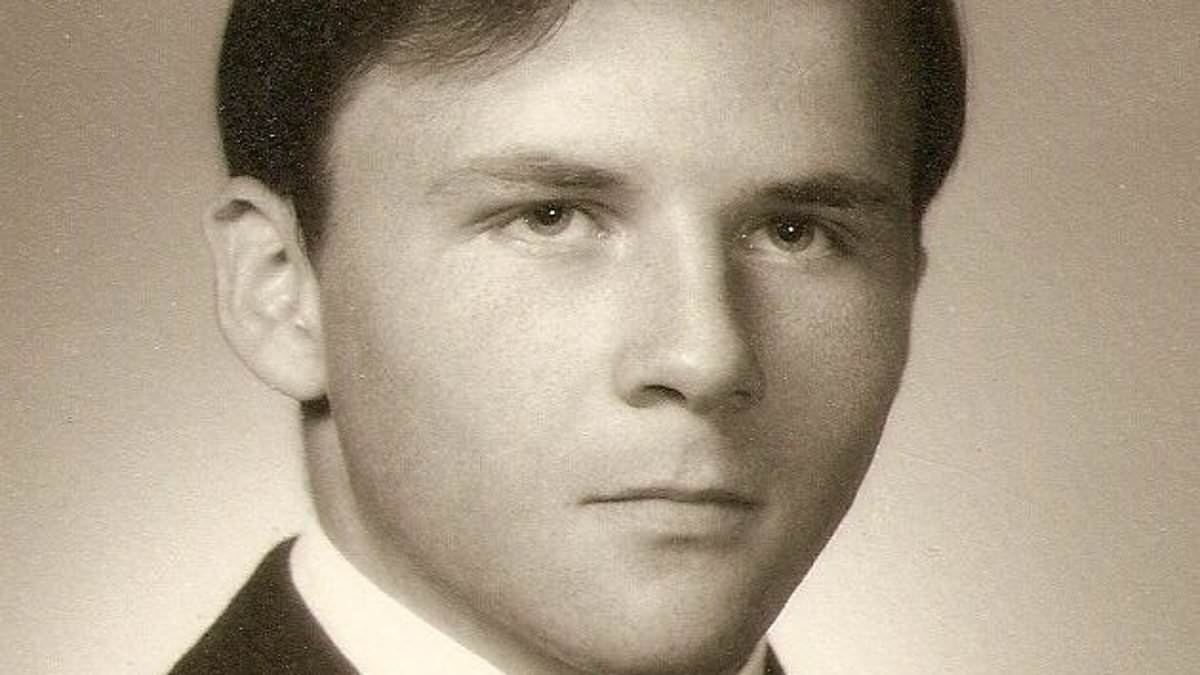Police have identified the body of a man who was found dead on an Oregon highway 45 years ago – and say a notorious California serial killer is the sole person of interest in the case.
The remains of 30-year-old Larry Eugene Parks, whose body was found along I-5 south of Portland on July 18, 1980, were identified earlier this year using genetic genealogy.
Investigators believe convicted murderer Randy Kraft, who has been dubbed the ‘Scorecard Killer’ for keeping a coded list of his victims, killed him.
The discovery of Parks’ body came a day after the body of another one of Kraft’s victims, Michael O’Fallon, was found along I-5 near the Talbot exit, also in Marion County.
Due to similarities in the evidence, investigators at the time suspected the two murders were related, but eventually both cases went cold.
After solving O’Fallon’s case and successfully identifying Parks’ body, Oregon State Police are confident Kraft is their suspect.
‘OSP does not have another suspect outside of Kraft,’ Oregon State Police spokesperson Kyle Kennedy told Fox News Digital. ‘We are awaiting testing results of evidence to confirm.’
Police opened a homicide investigation when they discovered Parks body, but the case went cold after they were unable to identify him.
Parks, a Vietnam veteran whose family had lost contact with him in 1979, had last been seen in Pensacola, Florida, investigators said.
Kraft was caught in 1983 when he was pulled over in his vehicle on a California freeway after a trooper spotted him driving erratically.
In the passenger seat of the vehicle was a strangled US Marine. In the trunk of Kraft’s vehicle was a coded list believed to tally 67 victims in California, Oregon and Michigan, according to police, earning him the nickname the ‘Scorecard Killer.’
Prosecutors described Kraft, a former computer programmer, as a fetishist who kept some of the dismembered parts of his victims in his freezer.
Kraft was ultimately convicted of 16 murders in California, although he’s suspected of committing more than 60 murders across the West Coast and Michigan.
O’Fallon was identified as one of Kraft’s victims when investigators said they found a camera in his garage following his arrest in 1983, the Los Angeles Times reported.
O’Fallon’s mother’s initials were inscribed on the camera, and she identified the device during Kraft’s trial.
Evidence from Parks murder was transferred to the Orange County District Attorney’s Office to be used in court.
In 2024, an Orange County Sheriff’s Department investigator reached out to the Oregon State Police Cold Case Unit and offered to help identify the remains using forensic investigative genetic genealogy.
A genetic profile was developed from a blood sample and Parks’ identity was confirmed after possible family members submitted DNA profiles for comparison, according to police.
In 2023, the remains of Michael Ray Schlicht, 17, who police believe was killed by Kraft in California, were identified with the help of investigative genealogy non-profit Project Justice almost 50 years after he was found murdered in 1974.
Kraft, now 80, received the death penalty, but he remains incarcerated at San Quentin State Prison and has denied killing anyone.
After Schlicht was identified, Project Justice founders Justin Woo and Lydia Ansel told DailyMail.com the discovery is just the tip of the iceberg as genetic genealogy could revolutionize police investigations and potentially solve thousands of cold cases.
‘It was heartbreaking that a 17-year-old child was in an unmarked grave for so long,’ Ansel said. ‘His family was never aware of what happened.’
She said their focus on cold cases comes from seeing important stories kept ‘in storage for years’, and ‘while they’re never forgotten they don’t become as much of a priority when something happens today.’
While genetic genealogy has already become vitally important to investigations across America, Woo and Ansel said the recent successes are only the tip of the iceberg over its potential.
‘These technologies have proven to be extremely effective, to the point where you get the feeling that it’s a matter of funding versus the technology,’ Ansel said.
‘As we continue to fund cases, they get solved, so it’s very exciting.’
